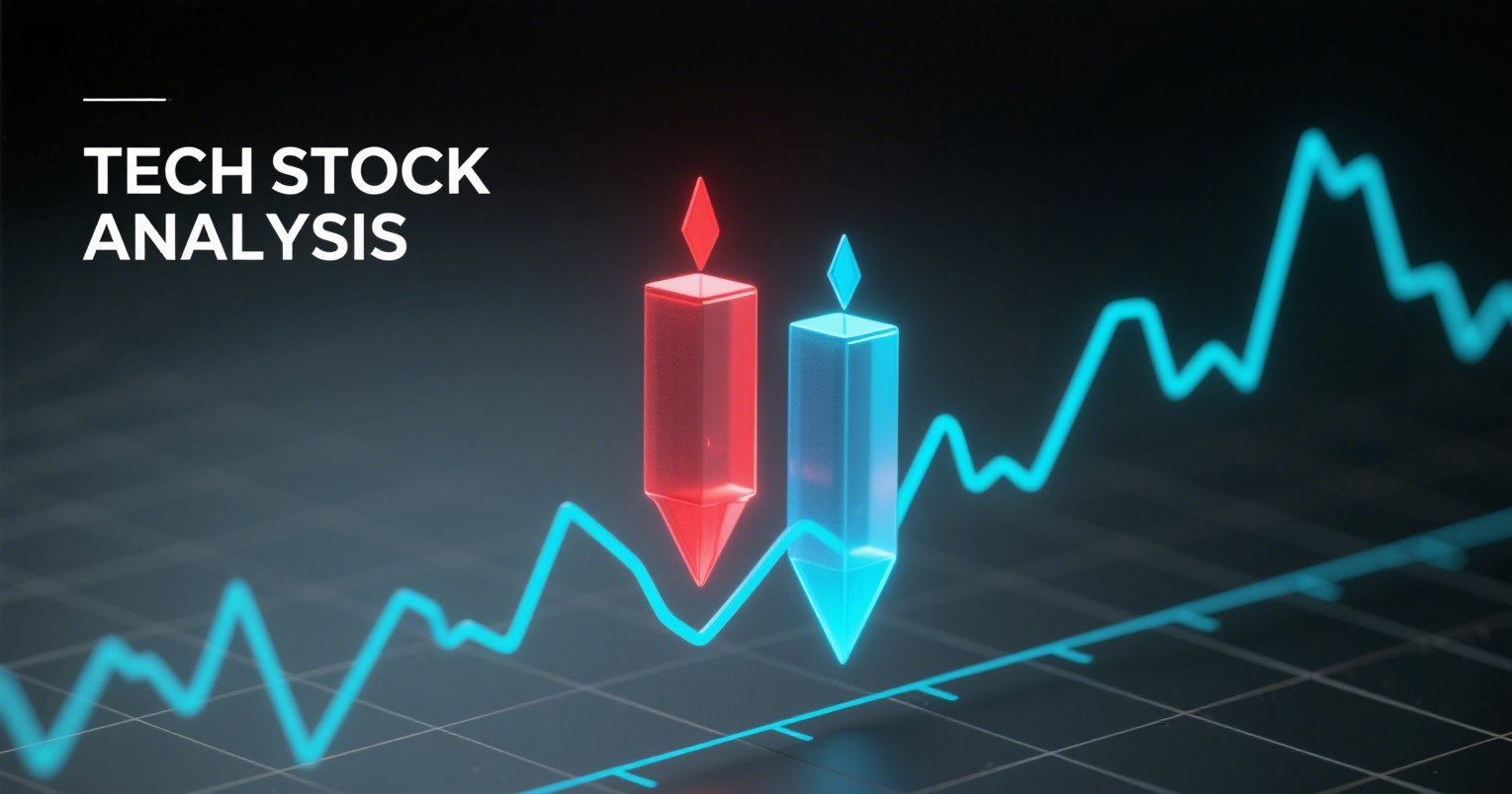
A Fed Rate Cut in September Seems Almost Certain—How Much of a Boost Can Stocks Expect Based on History?
After months of sluggish job growth, investors are pinning their hopes on a Federal Reserve rate cut at the September meeting. And if history is any guide, such a cut could act as a "booster" for stock market gains in the following months.
Financial services firm LPL Financial recently conducted a study analyzing stock market performance from the first rate cut in a cycle until the eventual start of a new rate-hiking period.
The results showed that since 1974, the S&P 500 has delivered an average return of 30.3% across nine rate-cutting cycles, with a median return of 13.3%. Additionally, six of these nine cycles saw positive returns.
Jeff Buchbinder, LPL’s chief equity strategist, stated in a recent report: "Using historical data and past Fed rate-cutting cycles as a guide, U.S. stocks may still have some upside potential in the second half of 2025."
"Of course, past performance doesn’t guarantee future results, and a new tariff regime—unseen since the 1930s—could slow earnings growth and amplify volatility," he wrote.
The analysis revealed that the biggest stock market surge occurred ahead of the dot-com bubble, with the S&P 500 soaring 161% from 1995 to 1999. Other major rallies included a 62.8% gain from 1984 to 1993 and a 38.2% rise from 2019 to 2021.
However, rate cuts aren’t always bullish, particularly when the Fed acts too late during a recession. For example, during the 2007–2009 easing cycle, the market fell 23.5%, while the S&P 500 dropped 9.6% from 2001 to 2004.
This time, Buchbinder noted that a rate cut may not necessarily benefit U.S. equities, as despite lingering economic uncertainty, buoyant investor sentiment has already pushed stocks to record highs. Since the Fed’s first rate cut last September, the market has climbed 12%.
"The lagged effects of trade policy could weigh on the economy in the second half, leading to softer labor market demand," Buchbinder wrote. "Recent market complacency around trade policy, along with an economic narrative reliant on strong data, has caught our attention in recent weeks as a potential vulnerability."
Moreover, even if the Fed cuts rates in September, there’s no guarantee it will continue easing in the coming months. Economists at Morgan Stanley and Bank of America both expect the Fed to hold rates steady for the remainder of 2025.
According to the CME FedWatch Tool, investors are pricing in a 93.2% chance of a rate cut next month. Additionally, Fed officials—including Governor Cook, Minneapolis Fed President Neel Kashkari, and San Francisco Fed President Mary Daly—have recently turned dovish, signaling that the time for rate cuts has arrived.
In Buchbinder’s view, a conservative approach in the near term may be the best move. He noted that his firm favors growth stocks, large caps, and the financial and communication services
















